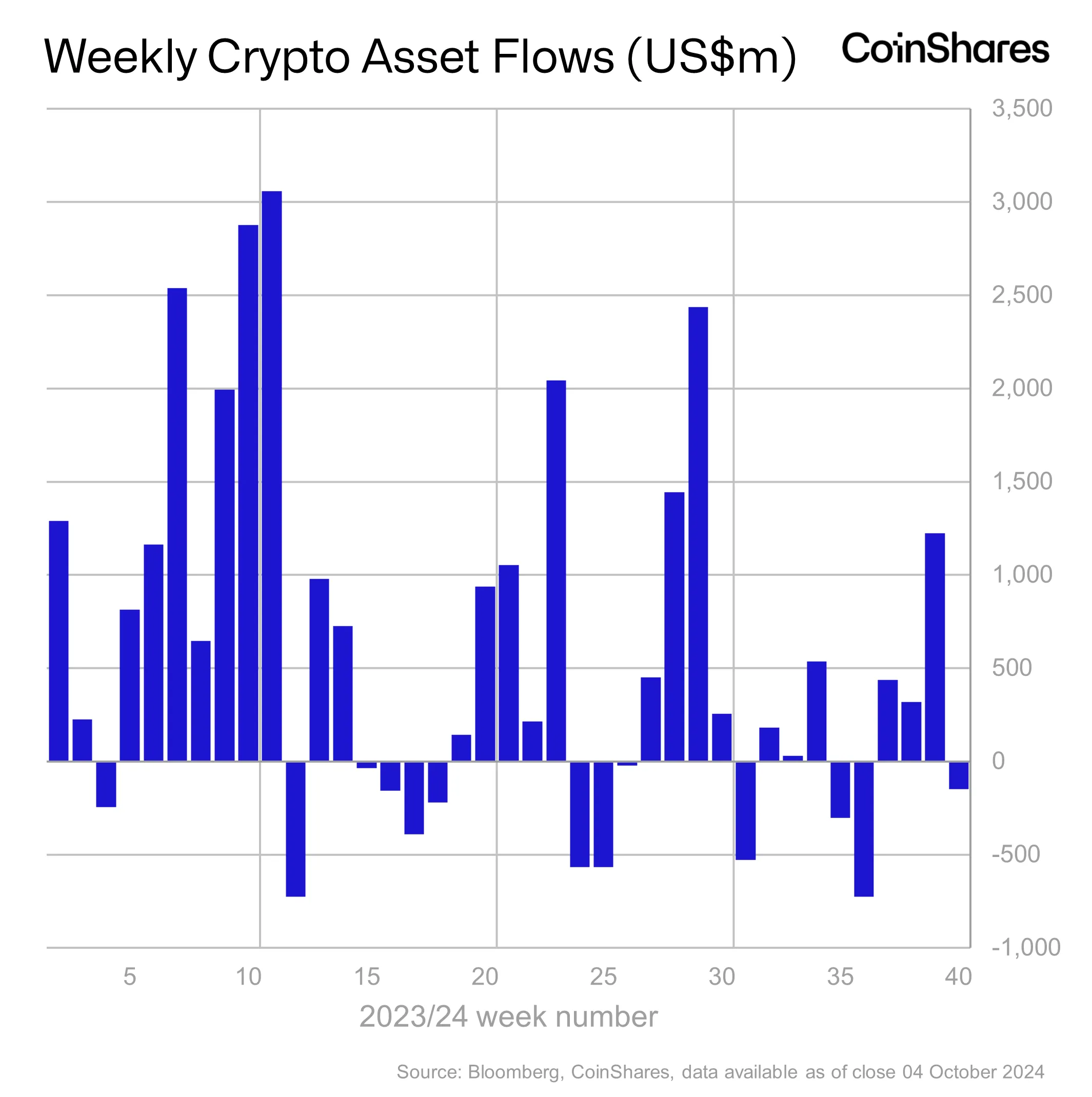Coinspeaker
Italy’s Top Banks Float 25M Euro Digital Bond on Polygon Network
Italy’s financial sector is experiencing a major transformation after it successfully issued a 25 million euro digital bond using blockchain technology on the Polygon (MATIC) network. The feat was achieved on Thursday, following a collaboration between Cassa Depositi e Prestiti SpA (CDP) and Intesa Sanpaolo, marking the first such transaction under Italy’s newly implemented “FinTech” decree-law.
According to a press release, the digital bond was exclusively underwritten and invested in by Intesa Sanpaolo, Italy’s largest bank boasting assets exceeding $1 trillion. As earlier noted, this issuance represents the first of its kind under Italy’s regulatory framework for digital assets. However, ultimately, it signals the readiness of Italy to embrace technological advancements within financial markets.
The bond issuance also leveraged the interoperability “TIPS Hash Link” tool provided by the Bank of Italy. This tool enabled seamless settlement in euros on the same day of issuance, further serving as proof of the efficiency of blockchain technology over traditional financial infrastructures.
It might be worth noting that this development is not just an advancement for Italian banking. On a broader note, the move also aligns with the efforts of the European Central Bank (ECB). That is, relating to its exploration of blockchain’s potential to facilitate wholesale fiat money settlements. By conducting such trials, the ECB aims to evaluate the usefulness of blockchain in improving transaction speed, transparency, and cost-effectiveness of financial systems.
Niccolò Bardoscia, head of digital assets trading and investments at Intesa Sanpaolo, has also expressed enthusiasm about the transaction’s implications. In a LinkedIn post, Bardoscia noted blockchain’s role in streamlining financial operations, describing tokenization as a catalyst for efficiency and automation across diverse asset classes.
Italy Shows Global Trend of Bonds and Tokenization
It is worth mentioning that Italy’s recent move towards digital bond issuance is not a solitary one. It reflects a global trend among major banks and asset managers as they bid to integrate blockchain’s capabilities into traditional finance. By tokenizing assets like bonds, credits, and funds, institutions believe that they can get access to a range of operational benefits. These include faster settlement times and improved transaction security, among other things. Bardoscia’s statement reads partly:
“Tokenization is establishing a new standard for efficiency and automation in financial markets, and I believe this technological change will impact not only bonds but every asset class over the coming years.”
Interestingly, like Bardoscia, many other industry experts see Italy’s initiative as a foundational move. They see it as an effort geared towards broader adoption of technology in financial sectors worldwide.
Italy’s Top Banks Float 25M Euro Digital Bond on Polygon Network





